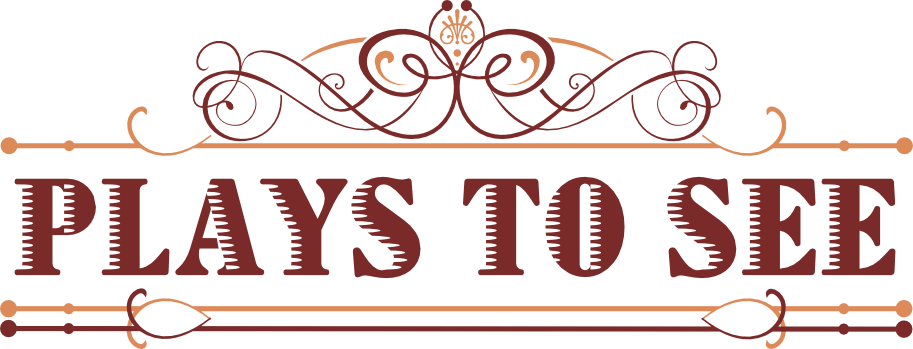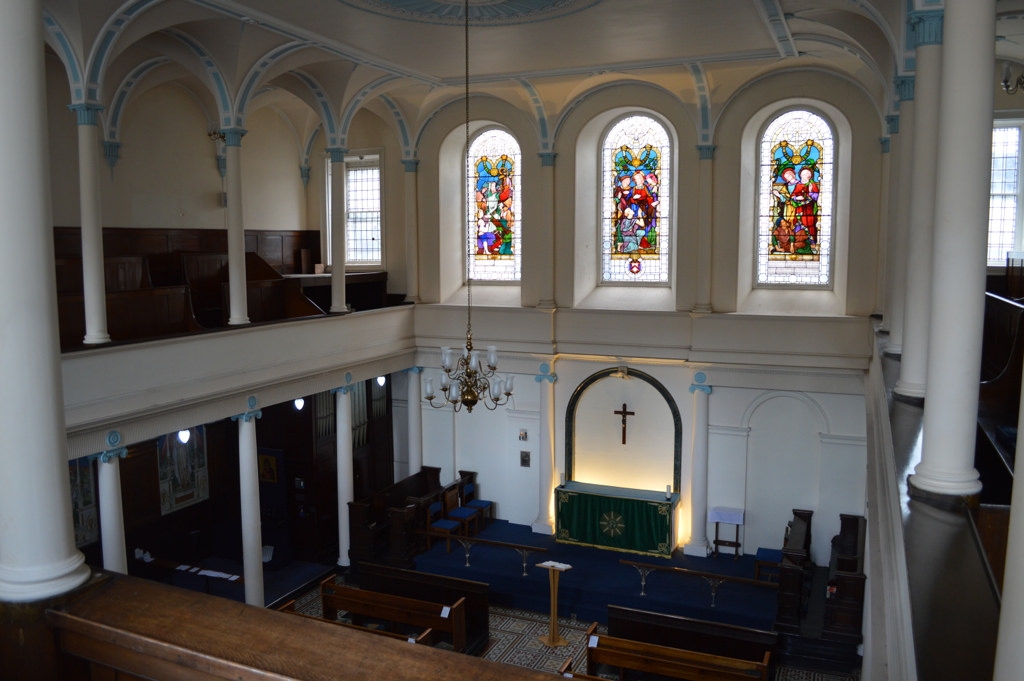As someone who travels through London Bridge station several times a week, it was a surprise to come across a new performance venue right under the lee of the Shard, in the form of the eighteenth-century chapel of Guy’s Hospital. This turns out to be a galleried space, with a fine acoustic, decorated in a neo-classical style of blue and white piped icing, so that when you slip inside you feel you are part of a piece of Wedgwood Jasperware. Last Friday it was the location for a remarkable dramatic partnership between director Seb Harmcombe and early music ensemble Musica Antica Rotherhithe.
Elisio or Elysium offered a combination of contemporary spoken word delivered by actors and a selection of seventeenth-century Baroque opera. What connected and interpenetrated the two was exploration of unconsciousness and near-death experiences, whether grounded in real-life or viewed through operatic accounts of journeys to the Underworld and back, together with other musically dramatised brushes with mortality, extreme pain and grief. Some of the contemporary modern accounts were after-the-fact descriptions of what passed through the unconscious mind – some of it extremely surreal and amusing – while others were deeply moving accounts of survival of accidents and atrocity or the agony of being a family member or friend at the bedside of someone hovering between life and death.
These testimonies would be wholly absorbing on their own, but they were made all the more vivid because the actors were using Headphone Verbatim Technique, which means that they voice the text while hearing the actual intonation and delivery of the original speaker on headsets, thus allowing a much closer approximation of mood and body language. This produced riveting witness in one case, a survivor of the 7/7 bombing, known by the label on her wristband as ‘One Unknown.’ Her determination to survive, while drifting in and out of awareness, and commitment to follow the path of positive love of life was particularly inspiring.
Programming music and words successfully is a rare skill of interweaving sentiments and emotions that synchronise with and riff off one another. On the musical side, Camilla Seale expertly interleaved the texts not only with memorable music, but also music that is in many cases barely known. So there was a second voyage of discovery here into areas of the Baroque repertory that are hardly ever performed on these shores. Luigi Rossi’s treatment of L’Orfeo from 1647, a work not previously known to me, provided much beguiling material, together with plangent madrigals, anthems and arias by a variety of other composers. There was a fine selection of instrumental meditations too, from the Mystery Sonatas of Heinrich Biber and free improvisations by theorbo player Paula Chateauneuf. Words and music hung in the air together to mutually enhancing, reverbative effect.
While the concept was inspired, the execution did, at points, leave some things to be desired. In his introduction, tenor Oliver Doyle mentioned that the space was new to him that day, and a general lack of familiarity with the quirks of the chapel was evident. For those of us sitting in the gallery, by no means all the spoken words were audible, which was frustrating when the stories were so compelling; and while it was excellent to have the singers and actors moving around the chapel to exploit the full resources of the building, this was sometimes at the expense of intonation and collective ensemble. Nothing that a bit more rehearsal would not put right; but perhaps this is something to bear in mind when these forces move beyond their customary venue in future.
These issues, however, do not seriously detract from a thought-provoking evening that only enhances our anticipation for the later events in this year’s programme in which we can expect new revelations from the apparently inexhaustible back catalogue of Italian, French and German Baroque repertory presented in both accessible and original ways, and with unforced contemporary relevance. This powerful sequence showed how the seventeenth and twenty-first centuries can unite in reflection on the finitude and adversities of life while still grasping hold of the day for all it is worth.
Guy’s Hospital Chapel
Musica Antica Rotherhithe
Devised by Seb Harcombe, with music chosen by Camilla Seale
21 February 2025
1 hr 15 mins, no interval

